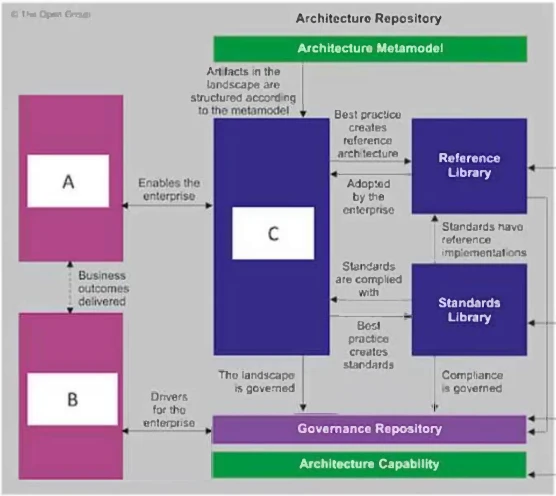TOGAF Enterprise Architecture Combined Part 1 and Part 2
Here you have the best The Open Group OGEA-103 practice exam questions
- You have 135 total questions to study from
- Each page has 5 questions, making a total of 27 pages
- You can navigate through the pages using the buttons at the bottom
- This questions were last updated on December 23, 2025
- This site is not affiliated with or endorsed by The Open Group.

